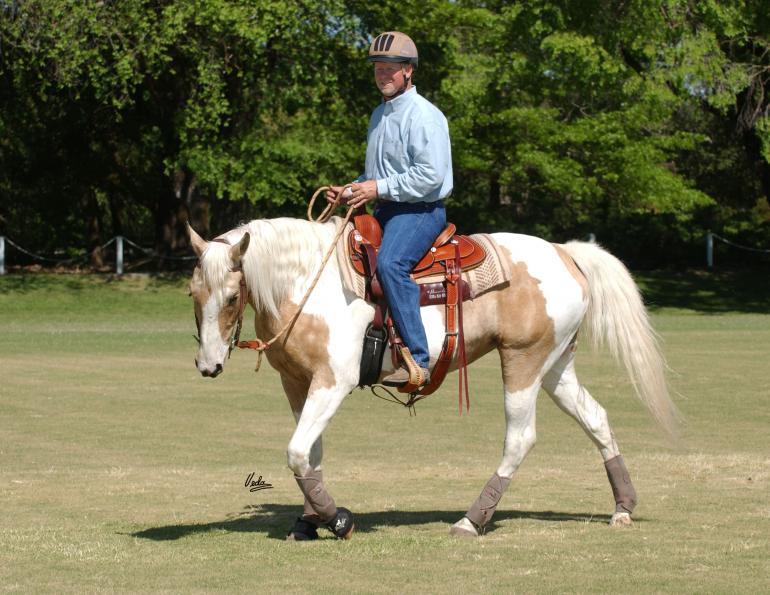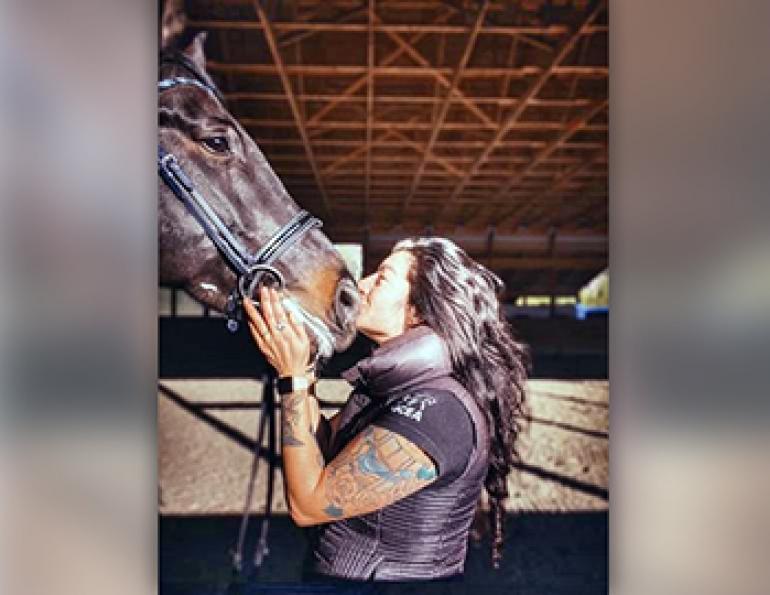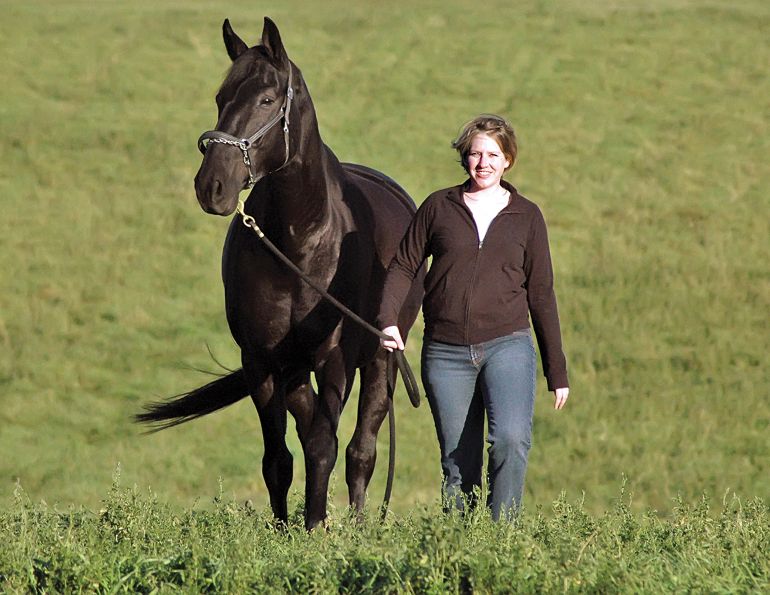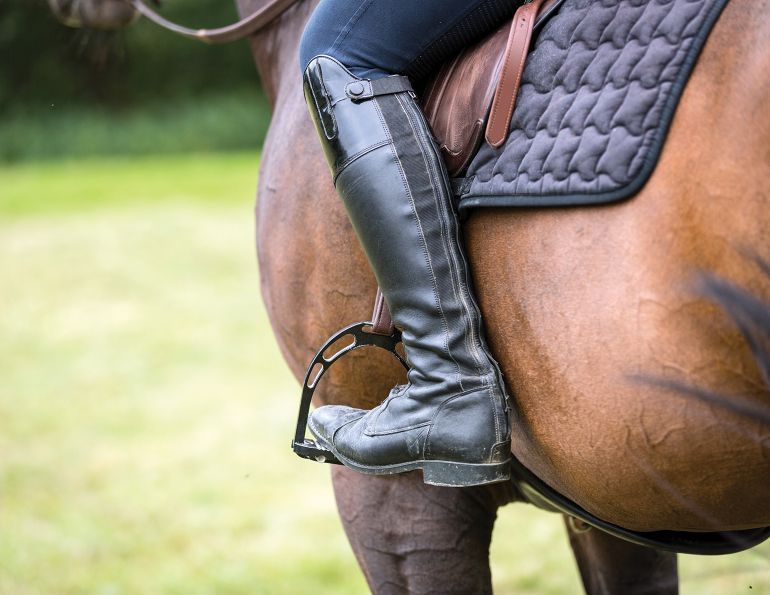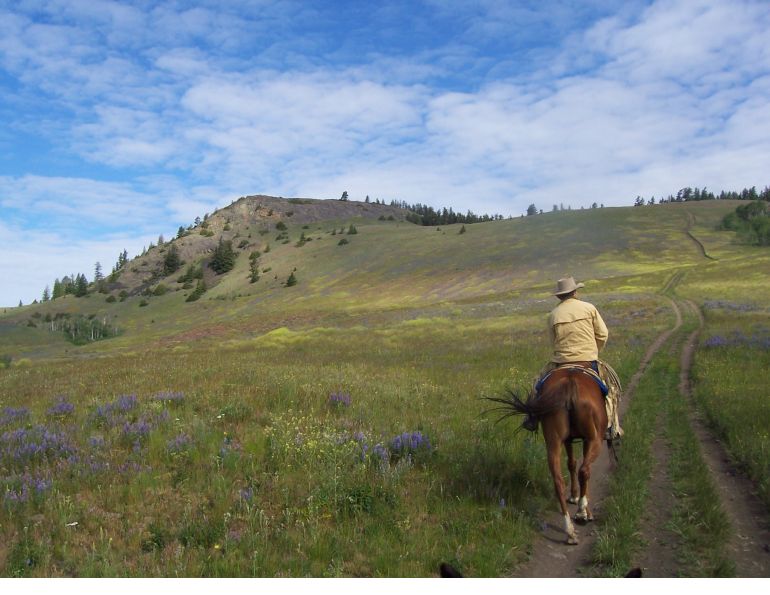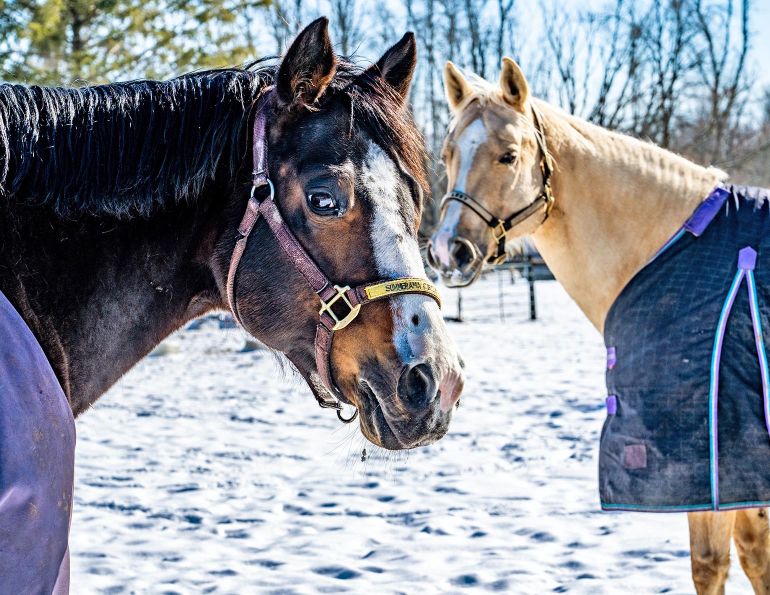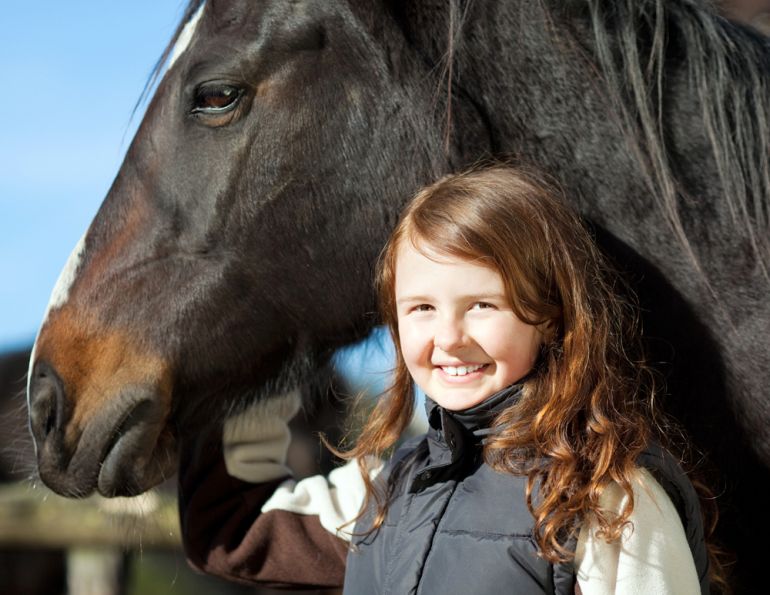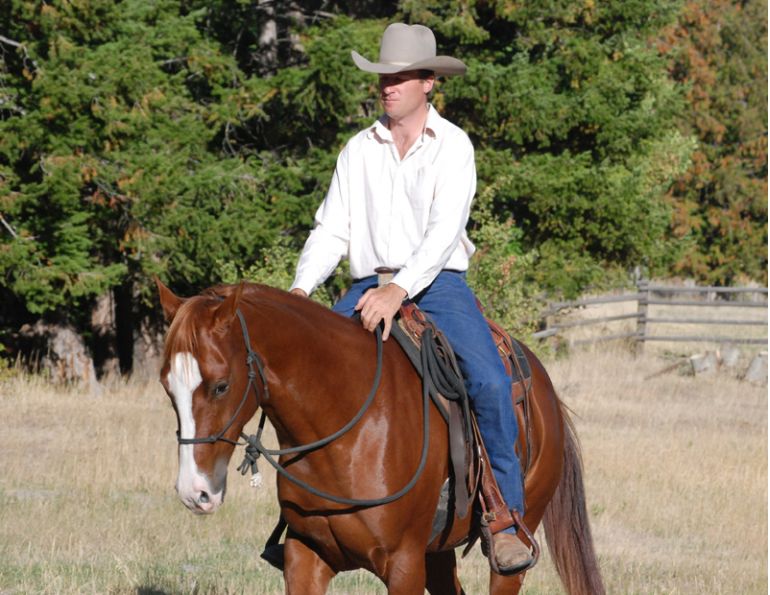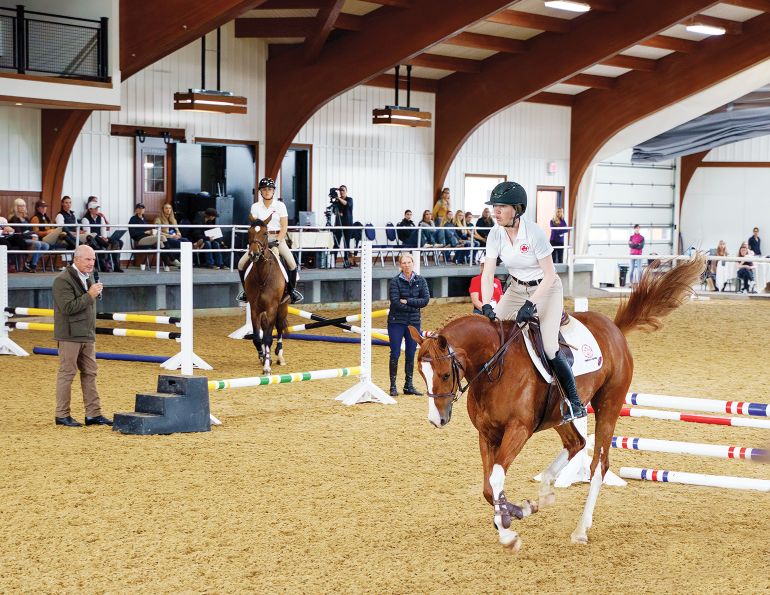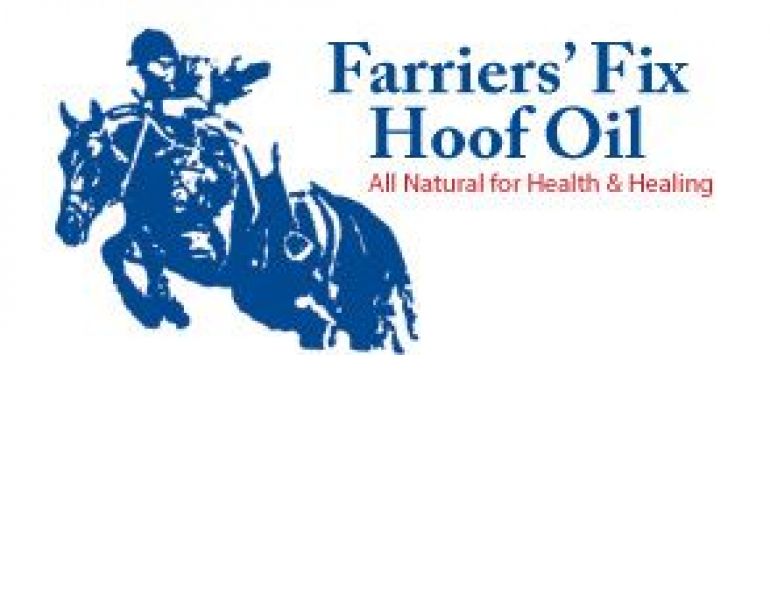By Lindsay Grice
Q: In judging English or Western equitation, on a circle or curve, where does the judge want to see the rider looking? My rulebook says only that eyes should be “up.”
A You’re right, most rulebooks will simply state that the rider’s eyes must be up. The majority of judges would tell you they prefer to see a rider looking where she is going in a businesslike, unpretentious manner. Anything excessive is likely to be penalized. A rider can communicate confidence with her eyes and, of course, can pilot her horse much more effectively when she uses her eyes correctly. The eyes plan the destination and often the next stride of the horse.
As a young rider, I was always told to look ahead, but was never quite sure where “ahead” was. I tell my students that their eyes should shift between three different pictures as they ride.
1) See the big picture: Using her peripheral vision, a rider can take in a lot of the activity around her. Where is the next marker after this circle so that I can exit my circle on a straight line? Where are the judges sitting so I don’t run them over? Yikes! The horse around the corner of the ring is having a blow up - how can I avoid that? Using “big eyes” to take in the whole scene will not only keep you out of trouble, but will project an air of professionalism as well.
2) Narrow your focus: A rider must decide exactly which path she wants her horse to travel. After big eyes take a glance at the next jump around the corner, the rider should then narrow her focus to her immediate destination – the straight line which extends past the last jump on the line. On the flat, a distance that works for me is about 10 metres or 30 feet in front of my horse. I pick a dot and expect my horse’s feet to travel through that dot. On a circle, this will typically be a quarter of a circle ahead. In this way I can ride circular circles and straight lines. The faster your rate of travel, the further ahead you’ll want to look. I also find it a real help in rating my pace. Where you look is where you’ll go. Your body, and your horse’s body, will automatically follow your eyes.
3) Zero In: In my opinion it is okay to look down at your horse’s body from time to time. Yes, much of good riding involves feeling your horse’s rhythm, straightness, and frame, but your eyes can help you identify a bulging shoulder or an elevated head before you might feel it. Obviously, leads and diagonals must be identified by feel, but your eyes can pick up a signal or expression from your horse before it develops into a spook. Many spooks can be avoided by glancing at your horse’s ears regularly. Pricked ears indicate your horse’s radar is picking up something. Connecting his attention back to you in response is one key to a smooth equitation performance.
Related: Rider Posture - What is Actually Involved?
To read more articles by Lindsay Grice on this site, click here.
Main Photo courtesy of Troxel - A rider can use his eyes to project an air of confidence and professionalism.



